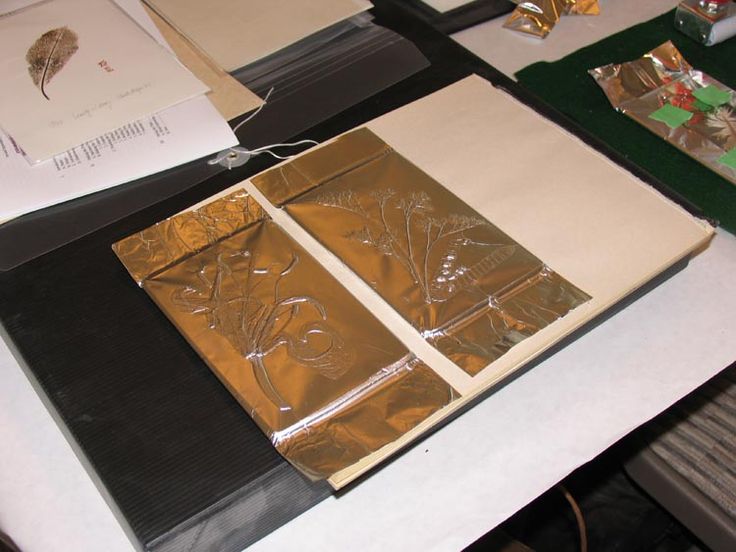Relief print, a prominent artistic technique, holds a significant place in the world of art. This technique involves carving a design onto a surface, applying ink to the raised areas, and transferring the image onto paper or another medium. In this blog post, we will delve into the depths of relief print, exploring its history, process, and artistic significance.
- The History of Relief Print:
Relief print has a rich history that dates back centuries. It originated in ancient China and Egypt, where it was primarily used for religious and decorative purposes. Over time, this technique spread to various parts of the world, including Europe, where it gained immense popularity during the Renaissance period. Artists like Albrecht Dürer and Rembrandt utilized relief print to create stunning artworks that still captivate audiences today. - The Process of Relief Print:
To create a relief print, artists follow a meticulous process that requires precision and skill. The first step involves selecting a suitable material, such as wood or linoleum, for carving the design. The artist then sketches the desired image onto the surface and carefully carves away the negative spaces, leaving the raised areas intact. Once the carving is complete, ink is applied to the raised surface, and the image is transferred onto paper using a press or by hand. The result is a unique, textured artwork that showcases the artist’s creativity and craftsmanship. - The Artistic Significance of Relief Print:
Relief print offers artists a range of possibilities for creative expression. The technique allows for intricate details, bold textures, and a distinct visual impact. Artists can experiment with different carving tools, materials, and inks to achieve various effects and styles. Relief print also enables artists to produce multiple copies of their artwork, making it accessible to a wider audience. Moreover, the tactile nature of relief prints adds a sensory dimension to the viewing experience, enhancing the overall aesthetic appeal. - Contemporary Applications of Relief Print:
While relief print has a rich historical background, it continues to thrive in contemporary art. Many artists today incorporate relief print into their practice, combining traditional techniques with modern approaches. Relief prints can be found in various art forms, including illustrations, bookmaking, textile design, and even street art. This versatility showcases the enduring relevance and adaptability of relief print as an artistic medium.
Conclusion:
Relief print is a captivating artistic technique that has stood the test of time. Its historical significance, meticulous process, and artistic versatility make it a compelling choice for artists seeking to create visually striking and meaningful artworks. Whether you are an art enthusiast or an aspiring artist, exploring the world of relief print can open up a realm of creative possibilities and deepen your appreciation for this unique art form.

